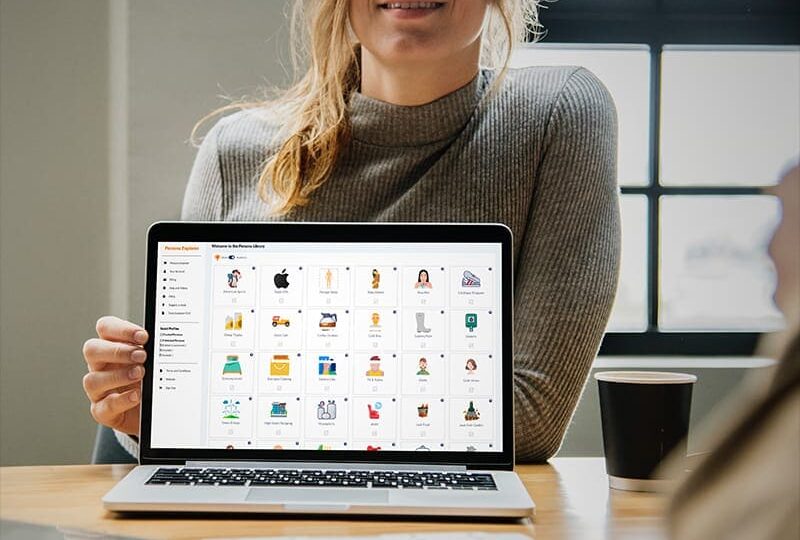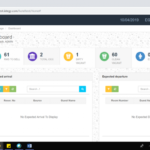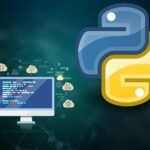Of course, the whole world changed in the last year and every industry was impacted. One you might not have thought about is the marketing sector. When lockdown went global, creative teams and media planners were suddenly working alone at home and against the unprecedented backdrop of universal public fear and confusion.
At the most basic level, few brands knew how to address their customers when everything, but the product, was on the conversational radar. Safety, community and wellness were of course the topics that mattered and even the most everyday campaigns stalled, unsure of how or if they had a role to play in this landscape.
Alex Sass, who created PersonaExplorer.com, a consumer insights tool, explains “At first nobody knew what to say, if they should speak and how to operate in a world where business must go on but brands were keen to simply support their staff rather than forge into new and scary territory. Many agencies found retainers paused and contracts cancelled. The biggest fear was appearing to be pushing anything at all when so many people were suffering.
But there is a need for advertising during global crisis. Hearing from a familiar voice provides a normality that cannot be undervalued. Showing the human side of a corporation gives necessary transparency not only to customers but to employees fearful for their next rent cheque. Indeed, some brands thrived. A mega-digitalisation took place, the home became a fortress and software as a service boomed.
As people became more used to the level of personal risk surrounding them, routines were established, and marketing teams got settled at their virtual desks. The very first universal question being how to measure and sense the altered needs and values of their respective audiences. This is point at which instinct isn’t enough. Everyone was learning how to operate for the first time and waiting for the first other brands to make a move.
Lockdown had some positive effects on Sass’s business. His tool, which shares insights on lifestyle and consumer groups in the form of data-driven personas, was coded from scratch during a period in which he was physically separated from his team. “For four years we’d been providing consumer profiling to big brands using AI and social media data but now everyone wanted reports and they needed them quickly. The bespoke anlaysis process couldn’t keep up. We engaged a coder and decided then and there to put everything online and let the marketeer create his own insight reports instantly.
So, what did change in the mindset of consumers? “Put simply, everything changed. There have always been differences in the way we handle fear and respond to limits. Covid-19 brought them to the fore of the purchasing and brand allegiance maths. For some, lockdown meant restricting spending in all areas, for others, their level of rising fear and changing community perspective meant spending more, fortifying, digitising, entertaining and nesting. The key was knowing how to provide both product and sympathy in way that wouldn’t be misunderstood as profiteering.
We had a coffee distributer as a client for example. His business was previously split between wholesale and consumer subscriptions. During lockdown the consumer side entered a rapid uplift. Analysing what was happening we saw that the consumer product was quite specialist. A little bit of adventure and escapism. Something one could alter and control when personal freedoms were lost. It wasn’t only that his product was easy to access when supermarkets were closed but more that it fulfilled a new and complex need.”
Marketing technology has always adapted to and sometimes driven global shifts. Be it in user tracking, multi-device measurement, personalisation or even the behemoth impact of social media, which of course is financially supported solely by ads. Perhaps consumer persona analysis is the next evolution of this technical wave. Knowing how people feel, what they need and where you fit into the story seems not just wise but necessary. Not just through the times of COVID-19 but beyond, as we adjust again to a different normal.








